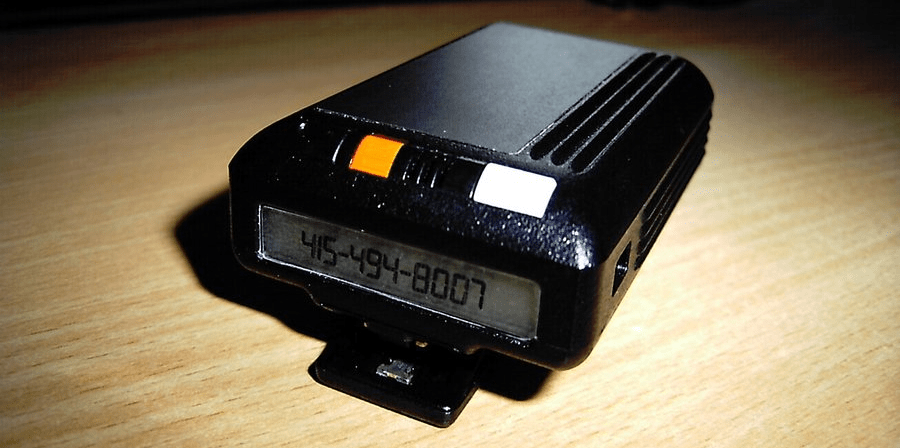You’ve probably heard about the Windows paging file. It goes by multiple names including the swap file and page file. Tips and suggestions about whether to turn it on or leave it off have been floating around the internet for years. The truth about it is that the paging file can be very useful when you’re multitasking on your PC. Without it, your computer wouldn’t be able to create virtual RAM to use when you have the majority of your physical RAM in use. However, there are also benefits to disabling it, or at least moving it — and that is especially true for SSD users. And the good news? Adjusting it works exactly the same whether you are using Windows 7 or 8.


Photo: Yen-Chih Lin
Info About the Paging File
Here’s what you need to know before deciding what you want to do with your paging file:
- The paging file has a negligible effect on performance, it uses very little CPU.
- Multi-tasking will benefit from a paging file.
- System-intensive apps, such as gaming may see a benefit without a paging file.
- Disabling the paging file = less I/O constraints. A slow HDD may benefit from that.
- If you have 12GB+ of ram, you probably don’t need a paging file unless you are doing some serious, and I mean SERIOUS multi-tasking. Check your ram usage.
- If you do both gaming and multi-tasking, the better option is just to move the paging file to a 2nd drive.
- If your computer runs out of ram and the paging file is disabled, errors could occur and possibly loss of data.
- If you disable the paging file, you should probably also disable SuperFetch.
How to Disable & Move it to a 2nd Drive
In either Windows 7 or 8 open the Run dialog (Windows Key + R) and type: sysdm.cpl and click OK to launch it.


Or, in Windows 8, you can access it by using the keyboard shortcut Windows Key + W to bring up Settings Search and type: system settings then select “View advanced system settings” under the results.
In the System Properties window, click the Advanced tab and then click the settings button.


In the Performance Options window click the Advanced tab and then the Change button.


Now, to turn off the paging file just do this:
- Uncheck “Automatically manage paging file size for all drives.”
- Select the drive with the active page file.
- Click the “No paging file” option and then click the Set button.


At this point the paging file is mostly disabled. If you want to move it to a 2nd drive (and you should), just do this:
- Select the drive you want the paging file to be stored on
- Click the “System managed size” option, and then the “Set” button.
- Click OK to exit and save changes.


At this point the system will you to restart. You can do so now, but there is still one more setting that needs to be adjusted, and it also requires a reset.


Back in the Advanced tab of the System Properties window click the Startup and Recovery settings button.


Where it says Dump file, change the Kernel Memory dump path to your 2nd HDD. This will get rid of the last bit of the paging file from the primary drive.


Now all you need to do is restart the computer to apply these changes.


The paging file should now be moved and/or disabled. Questions or comments? Drop them below!
1 Comment
Leave a Reply
Leave a Reply









Terry Hollett
March 31, 2013 at 4:07 am
I have a 64bit version of Win 7 with 4GB of RAM and decided to disable the page file to see what would happen. The only slowdown I noticed was during system backup. Using Macrium backup usually takes an hour. Without a paging file it takes about 10 hours. Windows backup, I had to let that thing run all day and over night. I decided to keep it enabled and set the size manually to 6144Mb. Based on :
(1024 x (amount of memory on system)) x 1.5
– so I have 4GB of memory
1024 x 4 = 4096
4096 x 1.5 = 6144 So I set the Initial and Maximum to 6144.